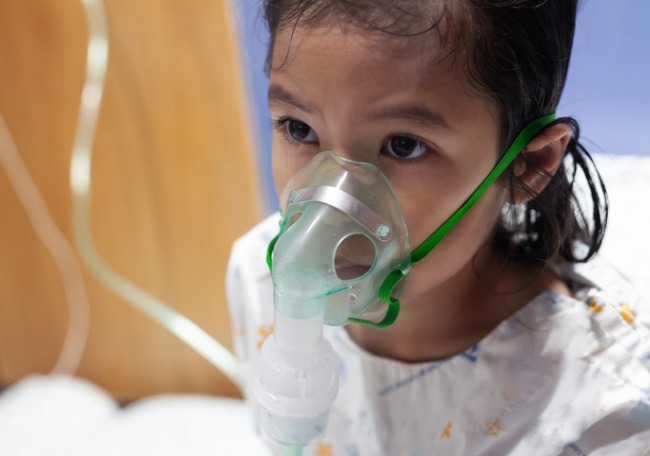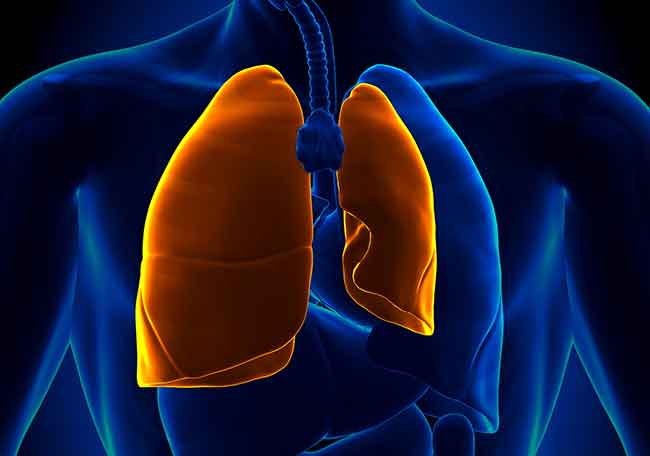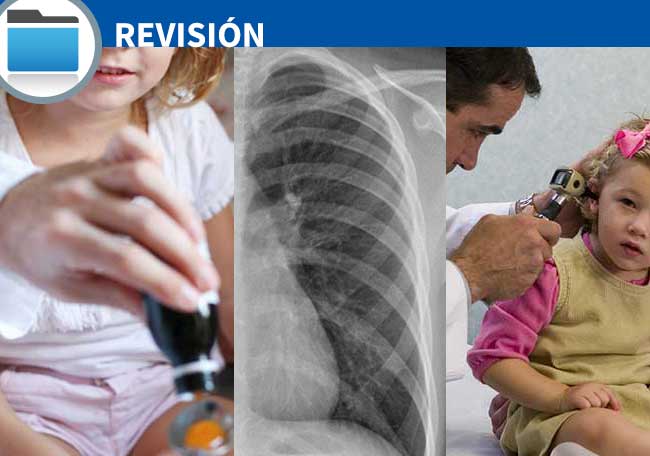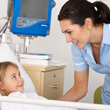Vacuna neumocócica y neumonía con derrame en pediatría
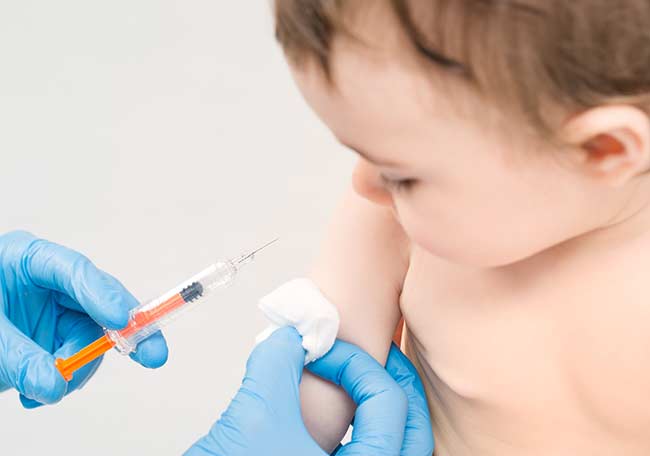
1. Janahi IA, Fakhouri K. Epidemiology; clinical presentation; and evaluation of parapneumonic effusion and empyema in children. In: Post TW, ed. Waltham, MA: Uptodate Inc., 2016.
2. Janahi IA, Fakhouri K. Management and prognosis of parapneumonic effusion and empyema in children. In: Post TW, ed. Waltham, MA: Uptodate Inc., 2016.
3. Clark JE, Hammal D, Spencer D, et al. Children with pneumonia: how do they present and how are they managed? Arch Dis Child. 2007;92:394–398.
4. Byington CL, Spencer LY, Johnson TA, et al. An epidemiological investigation of a sustained high rate of pediatric parapneumonic empyema: risk factors and microbiological associations. Clin Infect Dis. 2002;34:434–440.
5. Hernández-Bou S, García-García JJ, Esteva C, et al. Pediatric parapneumonic pleural effusion: epidemiology, clinical characteristics, and microbiological diagnosis. Pediatr Pulmonol. 2009;44:1192–1200.
6. Pernica JM, Moldovan I, Chan F, et al. Real-time polymerase chain reaction for microbiological diagnosis of parapneumonic effusions in Canadian children. Can J Infect Dis Med Microbiol. 2014;25:151–154.
7. Strachan RE, Cornelius A, Gilbert GL, et al.; Australian Research Network in Empyema. Bacterial causes of empyema in children, Australia, 20072009. Emerg Infect Dis. 2011;17:1839–1845.
8. Blaschke AJ, Heyrend C, Byington CL, et al. Molecular analysis improves pathogen identification and epidemiologic study of pediatric parapneumonic empyema. Pediatr Infect Dis J. 2011;30:289–294.
9. Lin TY, Hwang KP, Liu CC, et al. Etiology of empyema thoracis and parapneumonic pleural effusion in Taiwanese children and adolescents younger than 18 years of age. Pediatr Infect Dis J. 2013;32:419–421.
10. Li ST, Tancredi DJ. Empyema hospitalizations increased in US children despite pneumococcal conjugate vaccine. Pediatrics. 2010;125:26–33.
11. Ampofo K, Pavia AT, Chris S, et al. The changing epidemiology of invasive pneumococcal disease at a tertiary children’s hospital through the 7-valent pneumococcal conjugate vaccine era: a case for continuous surveillance. Pediatr Infect Dis J. 2012;31:228–234.
12. Yu D, Buchvald F, Brandt B, et al. Seventeen-year study shows rise in parapneumonic effusion and empyema with higher treatment failure after chest tube drainage. Acta Paediatr. 2014;103:93–99.
13. Muñoz-Almagro C, Jordan I, Gene A, et al. Emergence of invasive pneumococcal disease caused by nonvaccine serotypes in the era of 7-valent conjugate vaccine. Clin Infect Dis. 2008;46:174–182.
14. Koshy E, Murray J, Bottle A, et al. Impact of the seven-valent pneumococcal conjugate vaccination (PCV7) programme on childhood hospital admissions for bacterial pneumonia and empyema in England: national time-trends study, 1997-2008. Thorax. 2010;65:770–774.
15. Strachan RE, Snelling TL, Jaffé A. Increased paediatric hospitalizations for empyema in Australia after introduction of the 7-valent pneumococcal conjugate vaccine. Bull World Health Organ. 2013;91:167–173.
16. François P, Desrumaux A, Cans C, et al. Prevalence and risk factors of suppurative complications in children with pneumonia. Acta Paediatr. 2010;99:861–866.
17. Van Ackere T, Proesmans M, Vermeulen F, et al. Complicated parapneumonic effusion in Belgian children: increased occurrence before routine pneumococcal vaccine implementation. Eur J Pediatr. 2009;168:51–58.
18. Niemi E, Korppi M. Parapneumonic empyema in children before the era of pneumococcal vaccination. Acta Paediatr. 2011;100:1230–1233.
19. Walker W, Wheeler R, Legg J. Update on the causes, investigation and management of empyema in childhood. Arch Dis Child. 2011;96:482–488.
20. Moreno-Pérez D, Andrés Martín A, Tagarro García A, et al. [Community acquired pneumonia in children: Treatment of complicated cases and risk patients. Consensus statement by the Spanish Society of Paediatric Infectious Diseases (SEIP) and the Spanish Society of Paediatric Chest Diseases (SENP)]. An Pediatr (Barc). 2015;83:217.e1–217.11.
21. Slinger R, Hyde L, Moldovan I, et al. Direct Streptococcus pneumoniae real-time PCR serotyping from pediatric parapneumonic effusions. BMC Pediatr. 2014;14:189.
22. Obando I, Camacho-Lovillo MS, Porras A, et al. Sustained high prevalence of pneumococcal serotype 1 in paediatric parapneumonic empyema in southern Spain from 2005 to 2009. Clin Microbiol Infect. 2012;18:763–768.
23. Picazo J, Ruiz-Contreras J, Casado-Flores J, et al.; Heracles Study Group. Impact of introduction of conjugate vaccines in the vaccination schedule on the incidence of pediatric invasive pneumococcal disease requiring hospitalization in Madrid 2007 to 2011. Pediatr Infect Dis J. 2013;32: 656–661.
Comentarios
Para ver los comentarios de sus colegas o para expresar su opinión debe ingresar con su cuenta de IntraMed.
